From Lab to Gigafactory: How Battery Manufacturing Equipment and Slot-die Coating Shapes the Gigafactory Landscape
A recent review titled "Advanced Lithium-Ion Battery Process Manufacturing Equipment for Gigafactories: Past, Present, and Future Perspectives" offers a sweeping yet detailed view into the machinery powering the global lithium-ion battery boom. Published by researchers from Concordia University and led by Karim Zaghib, this comprehensive work charts the evolution, current challenges, and future needs of battery manufacturing equipment, from electrode preparation and cell assembly to finishing steps like electrolyte filling and sealing.
The study arrives at a critical time. As global demand for lithium-ion batteries skyrockets, driven largely by the electric vehicle (EV) and renewable energy markets, battery manufacturers and policymakers alike are racing to scale up gigafactories. But scaling up is not just about size; it is about precision, sustainability, and innovation. That is where manufacturing equipment comes into play.
This review provides much-needed insights into which technologies are driving costs down, improving efficiency, and enabling the next generation of energy storage. It is essential reading for those building, buying, or researching roll-to-roll (R2R) and other battery manufacturing solutions.
Key Highlights
Equipment accounts for up to 25 percent of battery production costs, making it a major lever for optimization.
Dry coating, double-sided coating, and continuous mixing can significantly cut costs and environmental impact.
Gigafactories are proliferating globally, yet many still run below capacity due to raw material and scaling challenges.
Europe is targeting 965 GWh of capacity by 2030, creating major opportunities for local equipment manufacturers.
Dry room energy use and long formation times are among the largest cost and time bottlenecks in cell production.
Leading companies like Dürr, Manz AG, and Bühler are innovating in coating, drying, and automation.
Post-lithium-ion chemistries, such as sodium-ion and solid-state, will require adaptable and flexible equipment.
Smart manufacturing technologies and digital twins are becoming essential for modern battery production.
Slot-die coating continues to rise as the preferred technique for precision electrode fabrication.
Regional strategies, from Canada’s lithium partnerships to India’s solar-powered factories, shape the global production landscape.
The Laboratory Roll-to-Roll Coater is the ideal coating machine for scaling up to roll-to-roll processing of battery electrode materials or for testing and optimizing battery electrode slurries.
What is Battery Manufacturing Equipment and Why Does it Matter?
Battery manufacturing equipment refers to the machines and systems used to produce lithium-ion battery cells. This includes every process from mixing electrode materials to cell sealing and aging. The precision, speed, and flexibility of this equipment directly impact battery cost, performance, and reliability.
In particular, roll-to-roll (R2R) processing, including techniques like slot-die coating and precision drying, has become central to high-throughput electrode production. Equipment that offers tighter control, energy efficiency, and adaptability to new chemistries can provide competitive advantages in both R&D and mass manufacturing.
The Significance of the Review: Why Equipment is Central to Gigafactory Success
This review sheds light on a crucial, yet often overlooked, aspect of battery production. While chemistry innovations and raw materials get most of the attention, up to a quarter of production cost stems from the manufacturing process itself.
In practical terms, this means that equipment choices can determine whether a plant hits its yield targets, achieves cost parity, or meets sustainability benchmarks. For example, drying and formation stages consume the most energy and time. The review points out that implementing dry electrode processes and advanced drying systems could reduce energy consumption by more than 40 percent.
This is not just theoretical. Real-world examples include Dürr's solvent recovery systems and Hitachi’s compact IR dryers, which save space and lower emissions. These types of technologies allow manufacturers to build faster, cleaner, and cheaper.
The Slot-die Coater is an excellent choice for researchers focused on developing and optimizing battery electrode slurries at the laboratory scale.
Diving Into the Methods: How the Review Was Structured
The authors took a data-driven approach by combining academic literature, industry reports, and patent analyses. Their methodology covers every stage of battery cell manufacturing:
Electrode preparation
Cell assembly
Cell finishing (formation, aging, testing)
They provided cost breakdowns and highlighted bottlenecks, such as formation and drying, which are the most time and energy-intensive. The study also cataloged equipment innovations across global manufacturers, offering real examples of progress and best practices.
This level of detail allows manufacturers to benchmark their processes, identify gaps, and plan future upgrades more strategically.
Innovation Pathways: Where Equipment is Headed Next
A central theme in the review is adaptability. Battery technologies are evolving fast, and the equipment used to manufacture them must be equally flexible. Some of the most important trends include:
Digital manufacturing and the use of digital twins for process simulation and defect tracking.
Green engineering, including solvent-free coating processes and closed-loop systems for energy reuse.
Modular equipment that supports a wide range of chemistries and cell formats.
Compact systems suited for both gigafactory lines and laboratory-scale innovation setups.
For R&D teams and engineers working on lab-scale systems, these trends point toward increasingly connected, data-rich, and eco-conscious equipment designs.
Double-sided battery coating on a Laboratory Roll-to-Roll Coater.
From Lab to Giga: Bridging the Scale Gap
Scaling from lab to industrial production remains one of the toughest challenges in battery manufacturing. This is especially true when transitioning from small-batch wet coating systems to high-throughput R2R lines. Variations in humidity, coating speed, and drying parameters can derail even the most promising formulations.
The review emphasizes that scalable innovations require a foundation in robust, reproducible equipment. That is where lab-scale platforms like the Laboratory Roll-to-Roll Coater come in. These tools provide a controlled environment for process development, allowing researchers to test and validate parameters before scaling up to GWh production.
Furthermore, integrating in-line monitoring tools, such as laser sensors and IR thermography, can help detect defects early and ensure better scale-up outcomes.
Conclusion
Battery manufacturing is no longer just about chemistry. As this comprehensive review makes clear, it is about building smarter, more sustainable, and more scalable production systems. Equipment is central to this transformation.
The review "Advanced Lithium-Ion Battery Process Manufacturing Equipment for Gigafactories" provides a roadmap for researchers, engineers, and decision-makers looking to build or improve their battery production lines. Whether you are operating a lab-scale R2R line or planning your first gigafactory, the takeaways are clear: invest in smart equipment, design for flexibility, and stay ahead of emerging technologies.
By doing so, you not only stay competitive — you also contribute to a more sustainable and resilient global energy future.
Authors
Atiyeh Nekahi
Ebrahim Feyzi
Muskan Srivastava
Firoozeh Yeganehdoust
Anil Kumar M.R.
Karim Zaghib
Get Professional Support for Your Battery Coating Needs
Need help with slot-die coating, coating machines, or any related applications?
Contact infinityPV’s experts today for professional guidance and support.


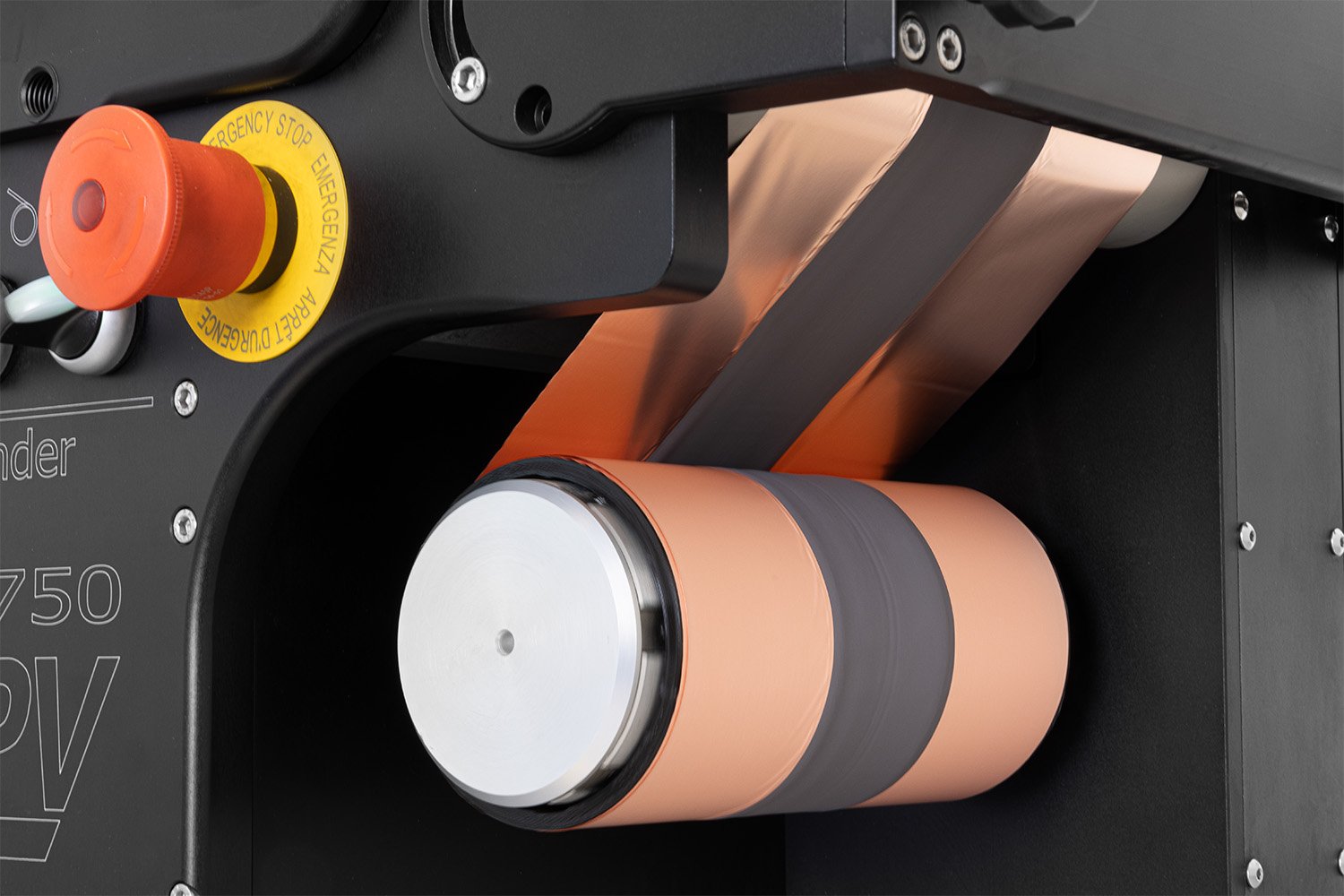
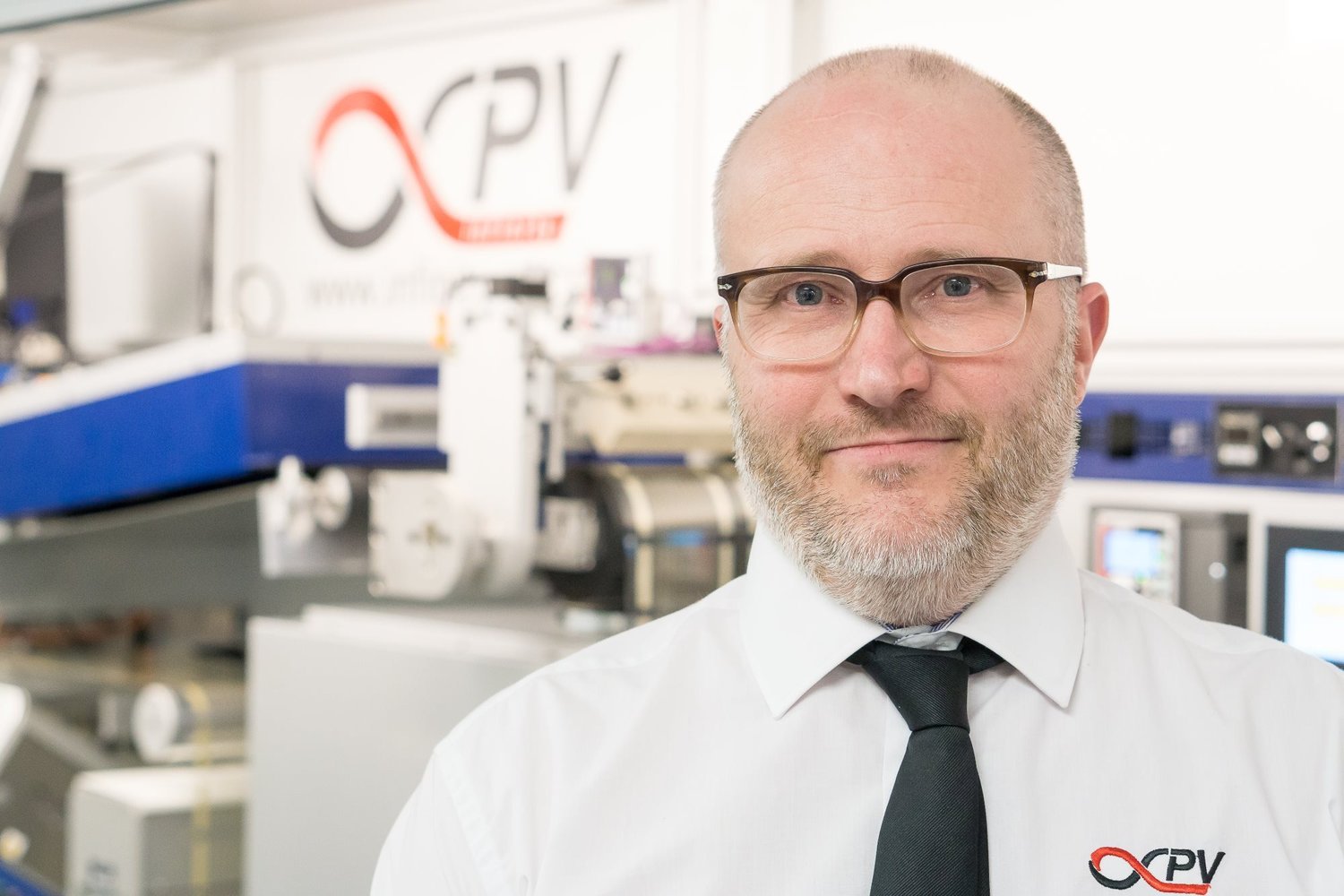






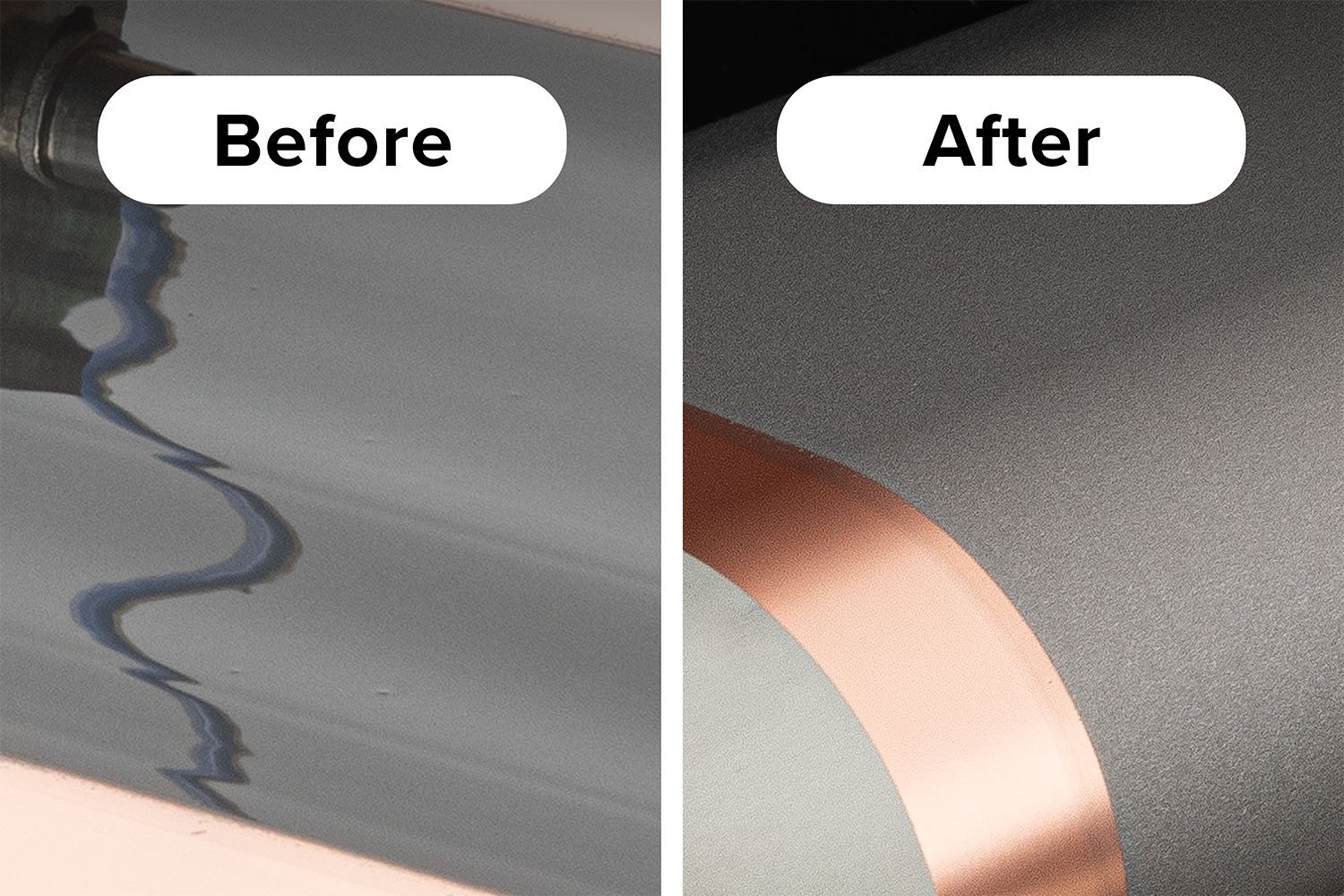
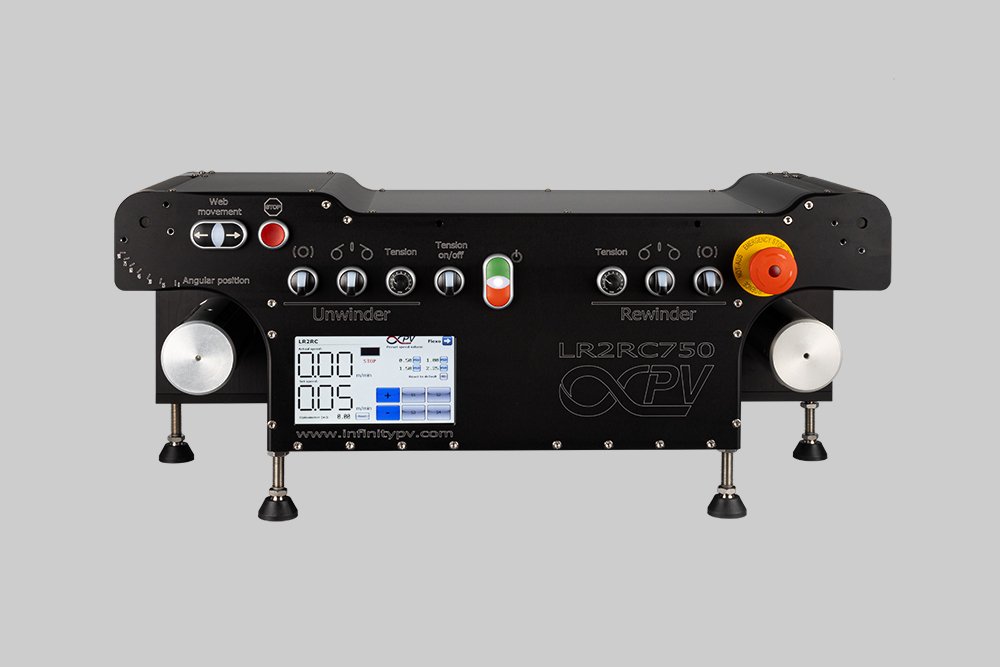


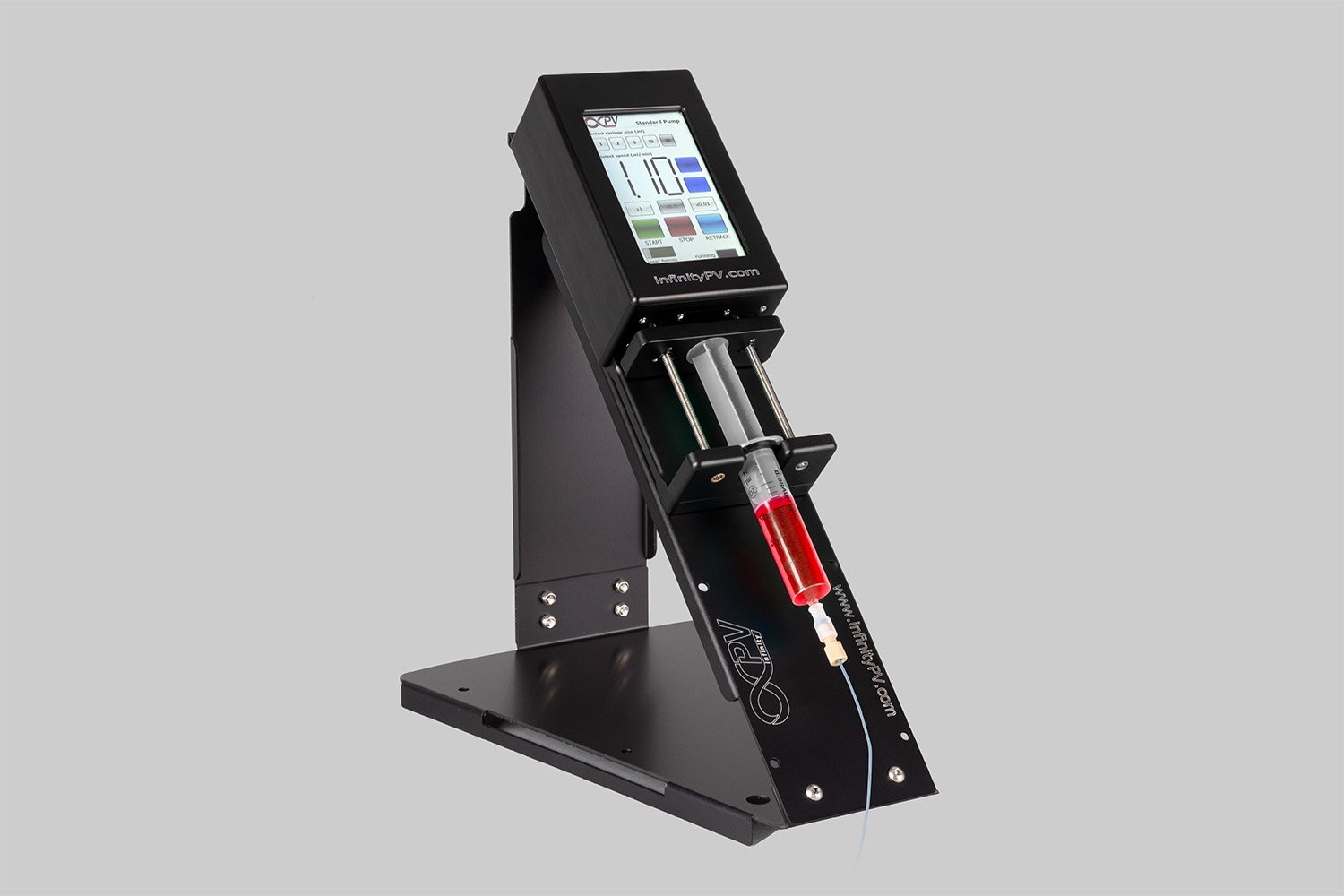

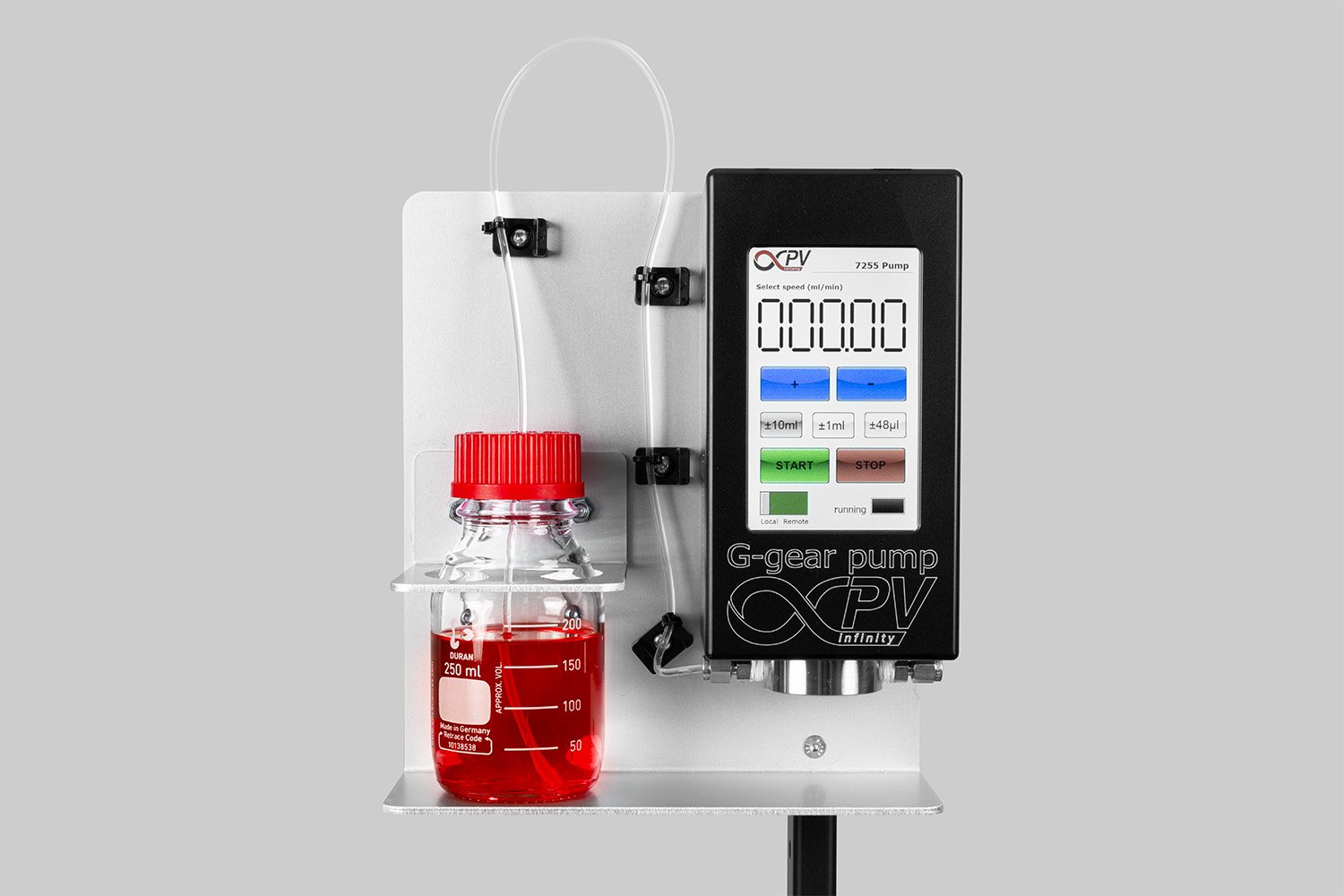
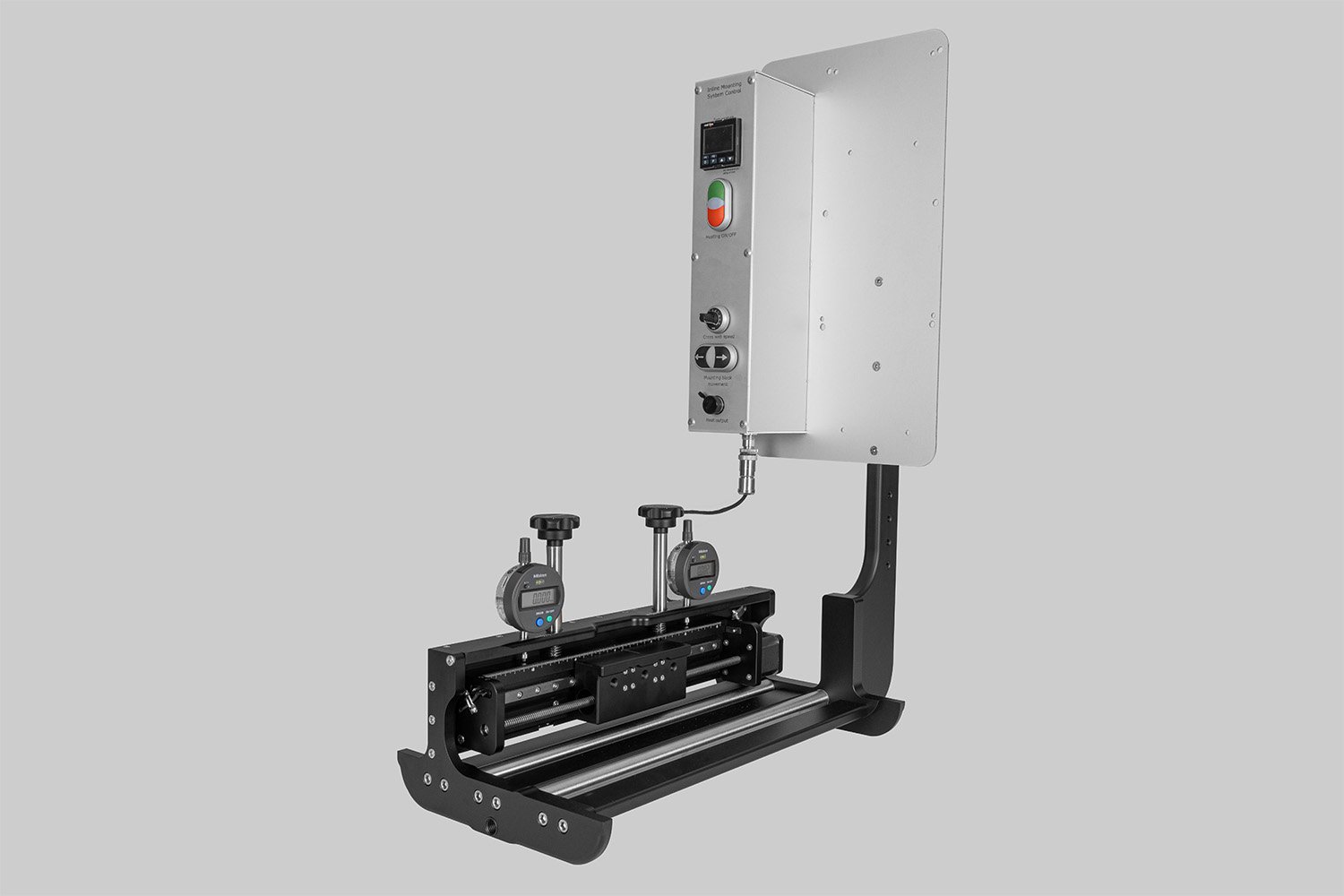
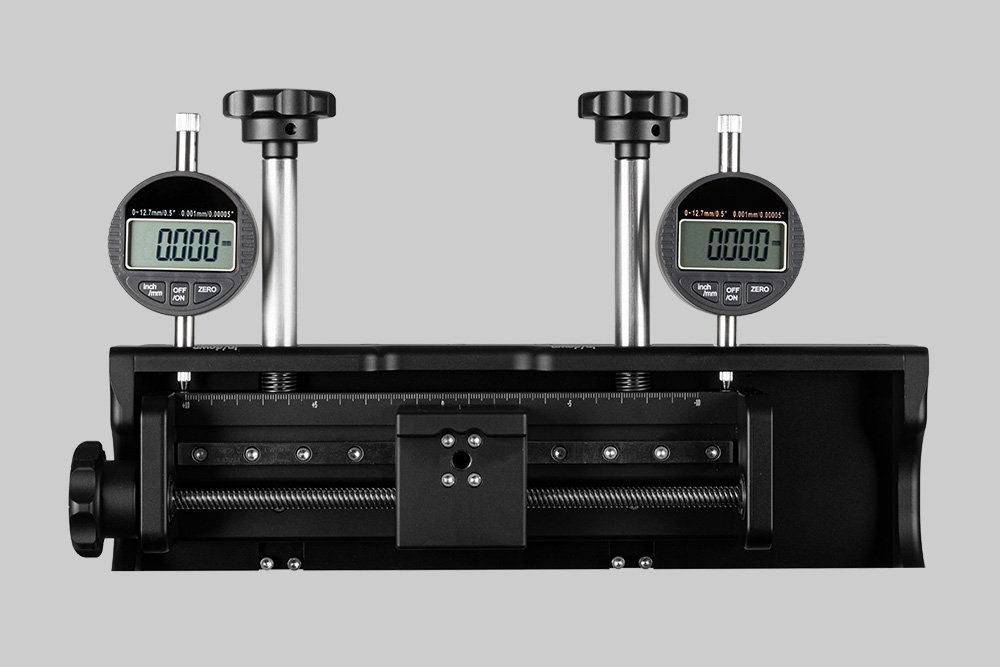
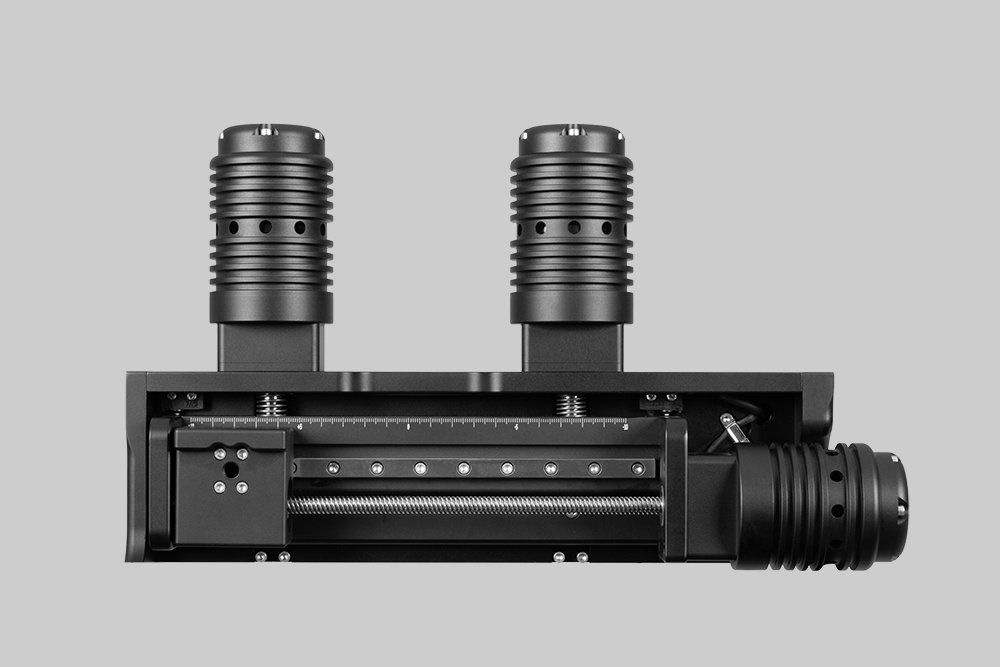


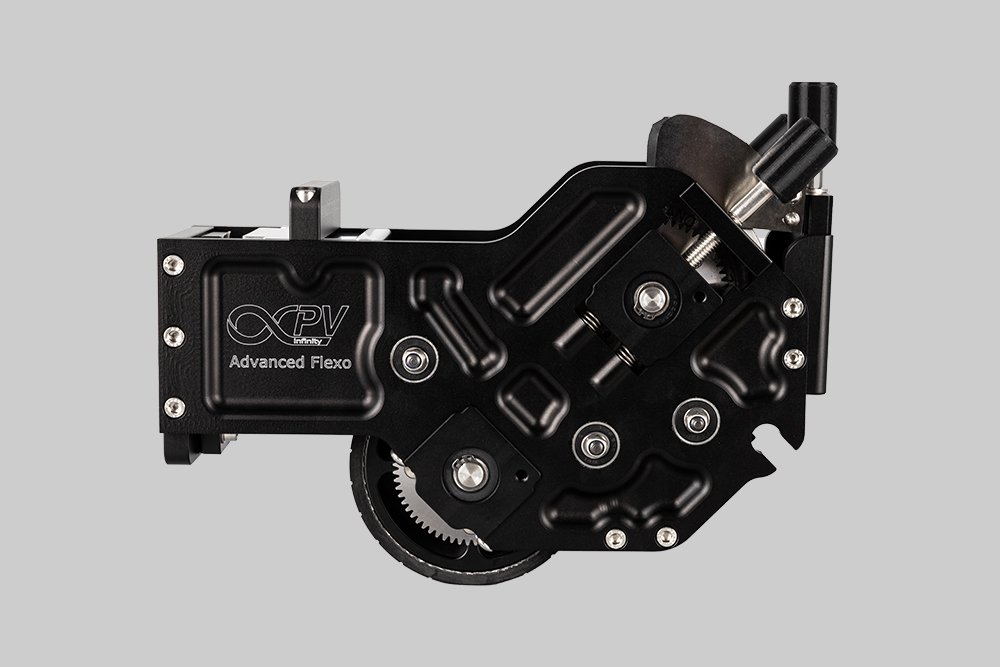
Probably the World’s Most Compact R2R Slot-die Coater: A compact, fully integrated roll-to-roll coating platform for laboratories, complete with a mounting system, anodized rollers, a syringe pump, a 65 mm stainless slot-die head and an infrared oven system—delivering unmatched precision and scalability.